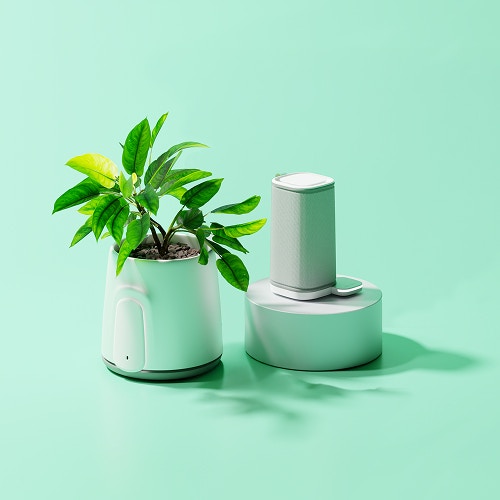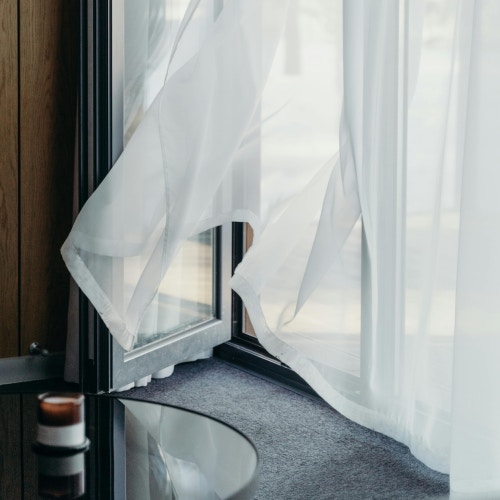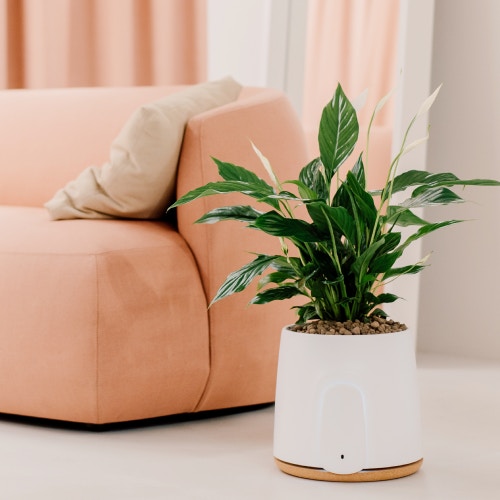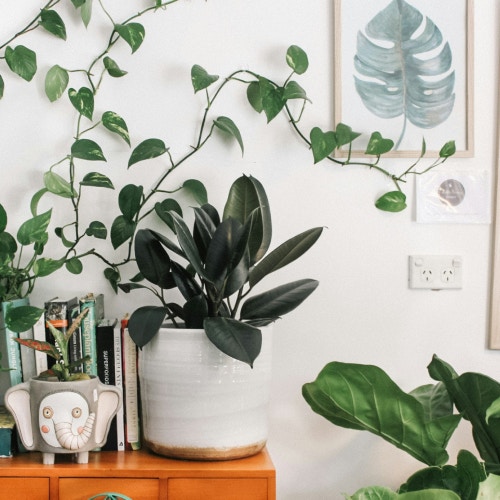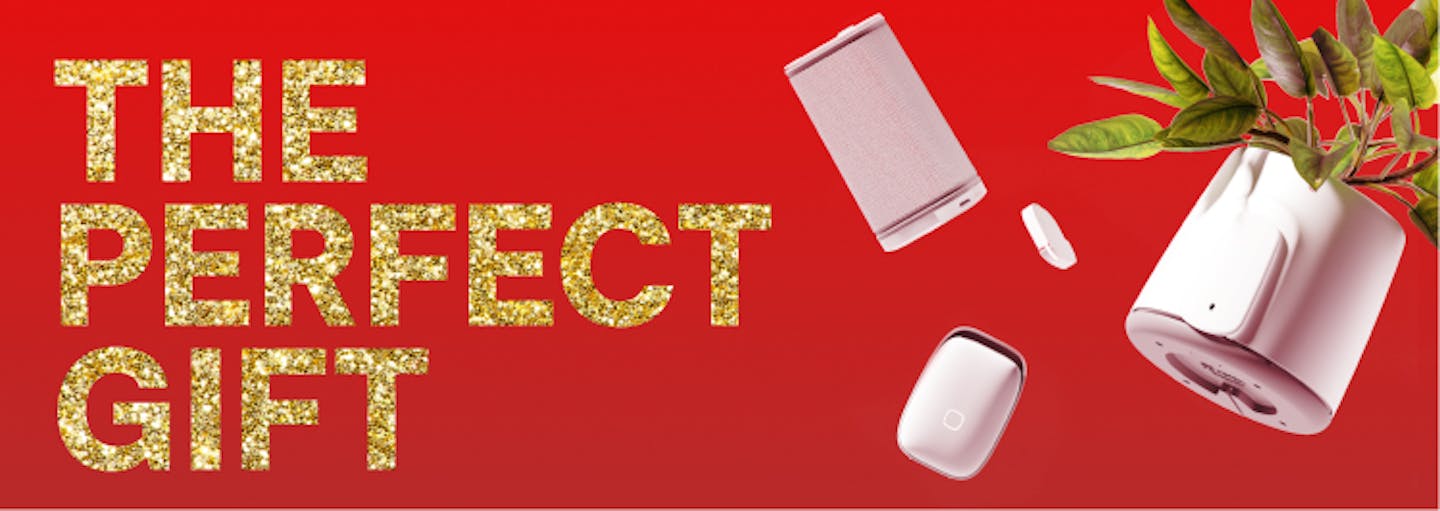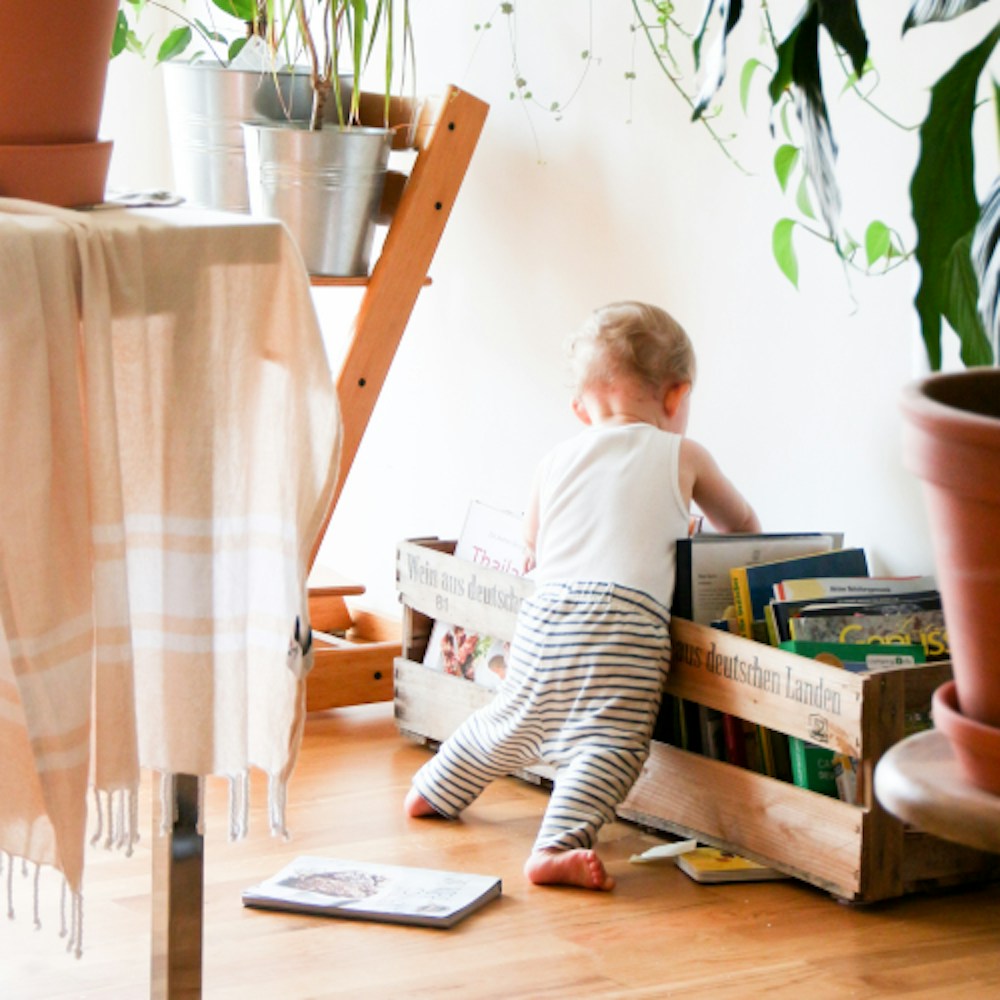
How to protect your children’s health from air pollution
→
Schools reopen in September and our children will spend more time indoors. And as we know, there are high levels of air pollution. Discover the solutions to protect them.
- More time indoors means breathing unhealthy air
- The effects of indoor pollution on children
- Children and indoor air pollution: how to protect them
- Air purifier: how does it work?
- Why is the Eteria air purifier the best solution for your children?
- Discover Eteria: the air monitoring and purification system
At the end of the summer, all parents with children are thinking about going back to school. After the holidays, it's time to start again. Obviously, the desire of any family is that children spend their time in the classrooms in an inspiring, quality way that brings joy to their days.
However, school routines are very different from summer routines. The latter are often spent in the open air such as at the beach, mountains, parks, recreational and sports facilities, and the time that children spend inside is very limited.
Just think about how much time children spend indoors during school: almost 5 hours (if not 6 or 8) in the classroom and corridors, another 2 or 3 hours at home to do their homework and during the night to sleep.
Already with this brief overview the question arises: what air do our children breathe during the day? Let's find out together!
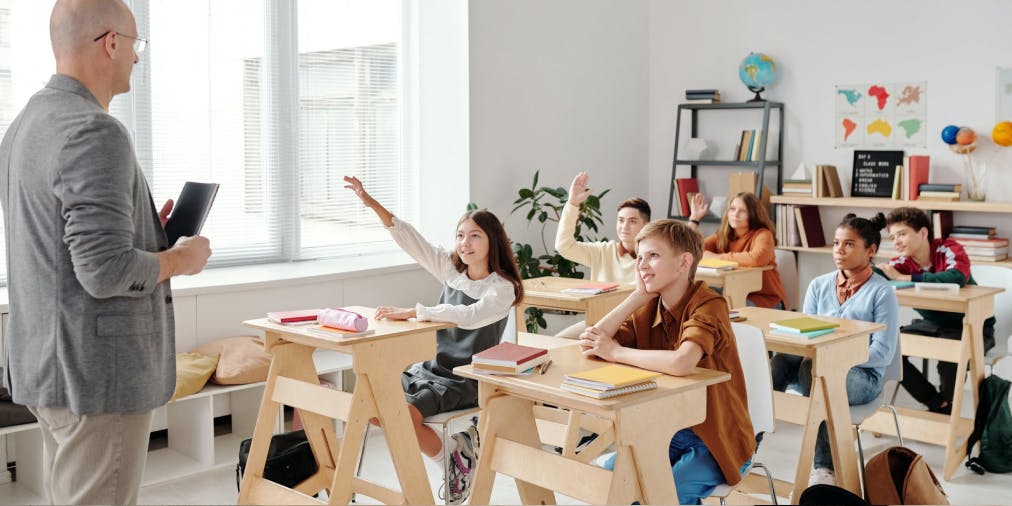
More time indoors means breathing unhealthy air
Although at first glance it may not seem healthy and harmless, the indoor air can be much less safe than the outdoor one.
According to a WHO study, indoor air can be up to 5 times more polluted than outdoor air. This is due to the multiple sources of pollution that are hidden inside closed environments and which in most cases are invisible and not easily identifiable.
Unfortunately, yes, even if you don’t notice it, indoor spaces are rich in formaldehyde, benzene, nitrogen dioxide, and many other pollutants. According to a 2016 study by George Washington University, in fact, there are 45 harmful chemicals present in our indoor environments.
Some examples? Ethylene, which is contained in air fresheners or cleaning products that contain harmful chemicals such as alcohol, chlorine, ammonia, or petroleum-based solvents.
Then there are gases from the kitchen stoves that emit nitrogen dioxide.
Moreover, smoke, paint, carpet, plastic, and many other common household items can release harmful pollutants into our indoor air.
And as we spend about 90% of our time indoors, it’s essential to do everything possible to reduce indoor air pollution, especially for children.
The effects of indoor pollution on children
This condition of severe pollution to which children could be exposed brings with it certain consequences that must be avoided for their health.
Childhood is one of the most important periods of their life, and protecting their health means guaranteeing them a future of health, joy, and happiness.
Allergic reactions and unpleasant side effects of indoor pollution can be:
- Cold
- Stuffy nose
- Itchy eyes
- Sinusitis
- Sore throat
- Red or dry skin
- Headache
- Fatigue
- Lethargy
- Chest pains
- Short breathing
- Rash
These are all the elements that can interrupt their daily well-being and not allow them to express themselves to the best of their ability. And in the worst case, they can lead to more serious and dangerous pathologies.
But there are different ways in which it is possible to preserve their health, making sure to minimize or even eliminate pollution in enclosed spaces.
Children and indoor air pollution: how to protect them
First of all, we must start from what causes air pollution, because often it’s the household cleaning products that are primarily responsible for indoor pollution, although they are an excellent ally for keeping the house in a healthy state.
However, some of them can be counterproductive: in fact, most household cleaning products contain VOCs (Volatile Organic Compounds) and other carcinogenic substances. For example, bleach contains ammonia while other products such as laundry detergents contain formaldehyde.
Even some cleaning products such as cleaning sprays have an impact on lung health comparable to smoking a pack of cigarettes a day.
In fact, most children often play and work on the ground. Whether on a carpet or a low table they are much more exposed to the release of pollutants that floor detergents release. Not to mention the presence of dust and dirt inside the carpets if not vacuumed properly.
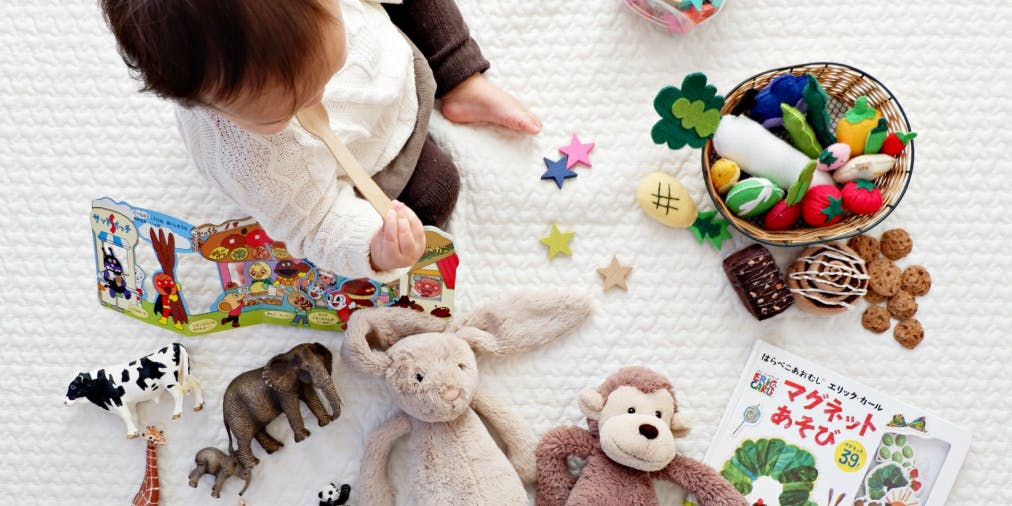
Try using natural products like vinegar, lemon, or baking soda to clean the surfaces in your home. Avoid products that contain chemicals, artificial fragrances, or other products with toxic ingredients.
And to get rid of the dust at home, the best thing is to use aerostatic clothes that capture the dust without resorting to the use of "dust-eating" sprays that can pollute the room with harmful substances.
Another fundamental step is to ensure a continuous exchange of air during the day. Opening the windows several times a day becomes essential to ensure a fresh, renewed airflow.
However, a big problem is for those who live in cities or very polluted areas outside, such as cities or close to large traffic flows that don’t allow the air to be exchanged effectively. In fact, it could even get worse by bringing the smog of the city into the house.
What can be done in this case? Are there any alternative solutions to guarantee our children protected and clean air? Yes, the solution exists: you can use an air purifier!
Air purifier: how does it work?
A solution to permanently guarantee a healthy indoor environment with clean air is undoubtedly the use of air purifiers.
Air purifiers are devices that collect the air from the house and convey it to their internal filter, to return it to the outside free of impurities and pollutants that are harmful to us.
There are different solutions on the market and each has its own characteristics. Air purifiers differ in price, filter, size, purifying capacity, and their effectiveness on certain categories of pollutants.
The solution we propose is called Eteria: a sophisticated air purification and monitoring system that purifies and maps multiple areas of your home, allowing you to keep your indoor pollution under control.
Why is the Eteria air purifier the best solution for your children?
Eteria is not a simple air purifier, it’s a system made by air quality modules and air purifiers that allows you to control multiple rooms in your home and to purify them when your air reaches a high level of pollution. You can know it as it has sophisticated sensors that communicate with the app Vitesy Hub that can be easily installed on your smartphone.
This system can allow you to place the air purifier and monitor where your children spend most of their time doing activities that are important to them, thus allowing them to play, study and rest in a healthy and controlled environment.
Good air quality greatly affects their concentration levels and their physical activity. Fresh, clean air allows them to express themselves to the best of their abilities, especially in this delicate period of theirs when cognitive and physical development is at the highest levels!

Discover Eteria: the air monitoring and purification system
Eteria air purification and monitoring system is not limited to blocking pollutants like most air purifiers on the market but is equipped with a photocatalytic filter that uses a revolutionary nanomaterial, namely Tungsten Trioxide, also called WO3.
Thanks to the action of the LEDs installed inside the filter, it is activated and then generates a special chemical reaction that eliminates pollutants without leaving residues or impurities.
The WO3 present in Eteria, compared to the action of HEPA filters, covers a wider spectrum of substances such as:
- Virus
- Bacteria
- VOC (volatile organic compounds)
- CO (carbon monoxide)
- NOx (nitrogen oxides)
Thus creating an eco-sustainable device made of recycled materials and which exploits the power of nanomaterials to make your indoor air clean and healthy.
In fact, the photocatalytic technology is excellent and very suitable for those suffering from asthma, allergies and has a chemical sensitivity to different substances.
Eteria was designed to be your portable air purifier: a small device that can easily be transported to where you are to purify the air your children breathe during their days.
And its cutting-edge monitoring modules are able to precisely track the air quality of your room, giving you results in real-time thanks to the connection with the "Vitesy Hub" app.
Protect your children from indoor pollution and improve the well-being of your family!
